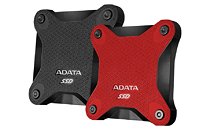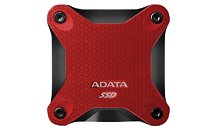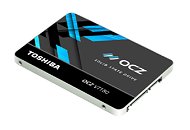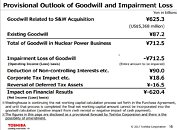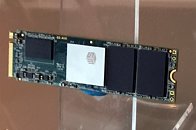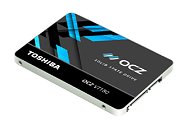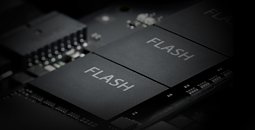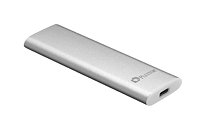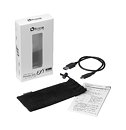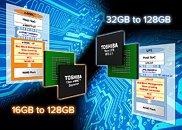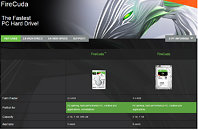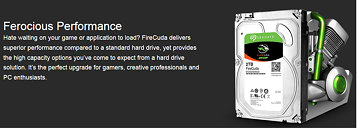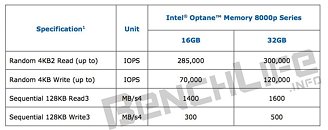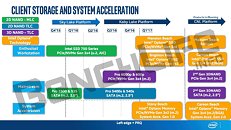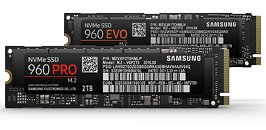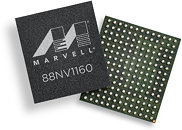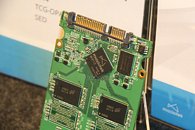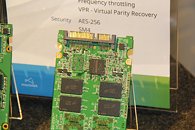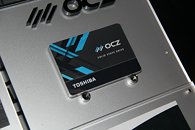The Intel-Micron joint collaboration in the development of what is promised to be the next step in storage technology is inching ever closer to reality. According to Bench Life, which published a leaked specifications list for the upcoming Intel Optane Memory products, the first application for consumer-grade 3D XPoint technology straddles the line between
an SSD and system RAM. Intel calls it a "System Accelerator" solution, and it's meant to operate as an intermediate caching solution between a system's RAM and storage. Codenamed "Stony Beach", Intel's 8000p (and entire 3D XPoint-based products) support is still up in the air, but it's expected that only Kaby Lake and subsequent platforms will be compatible with the technology - which, if true, is sure to limit the product's market penetration.
The consumer products will initially sport capacities of either 16GB or 32GB, leveraging the NVMe protocol at PCIe Gen 3.0 x2 bandwidth in the M.2 form-factor. Mirroring NAND technology, the greater capacity solution will sport the highest performance: with the 16GB part coming in at 1400 MB/s read and 300 MB/s write speeds, against the 32 GB's 1600 MB/s and 400 MB/s, respectively. We see similar results in regards to IOPS, with the 16GB solution offering up to 285,000 read and 70,000 write operations per second, against the 32 GB's solution respective 300,000 read and 120,000 write. As usual with new technologies, expect all these metrics to only go up in time.

